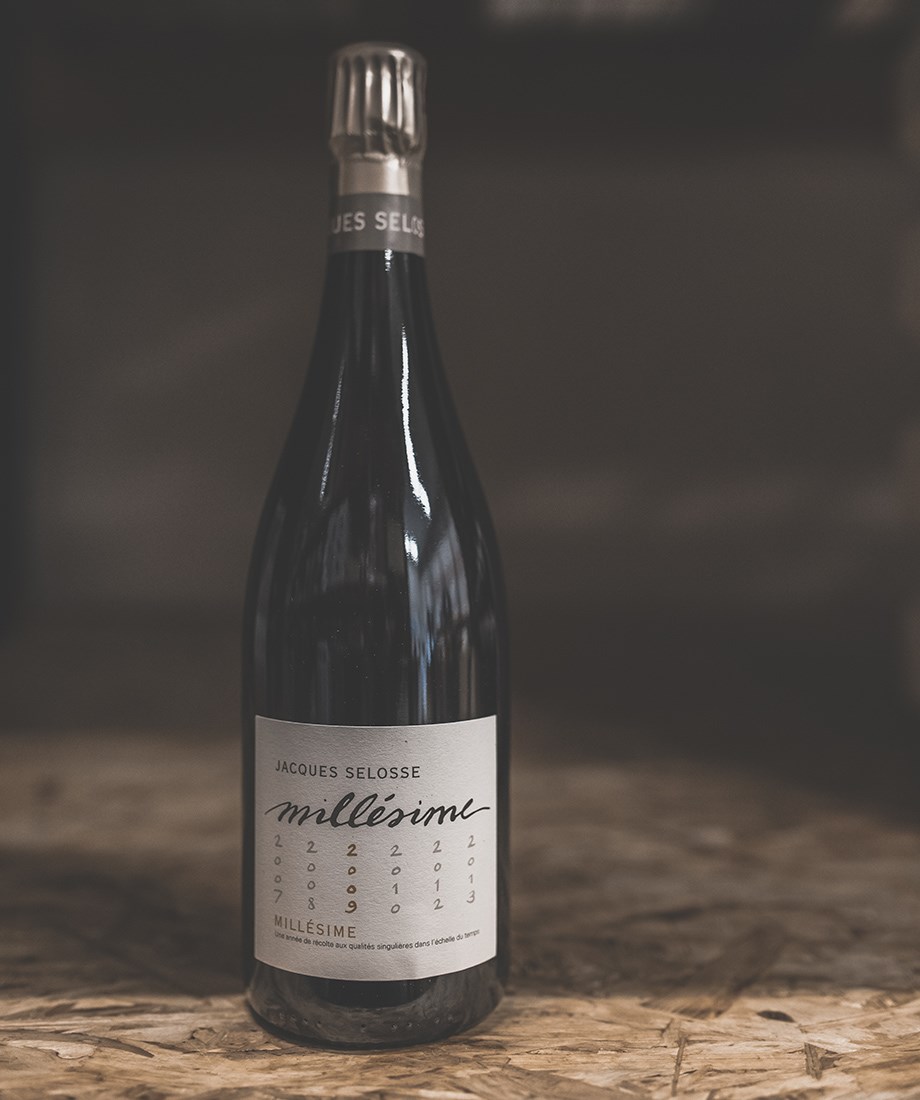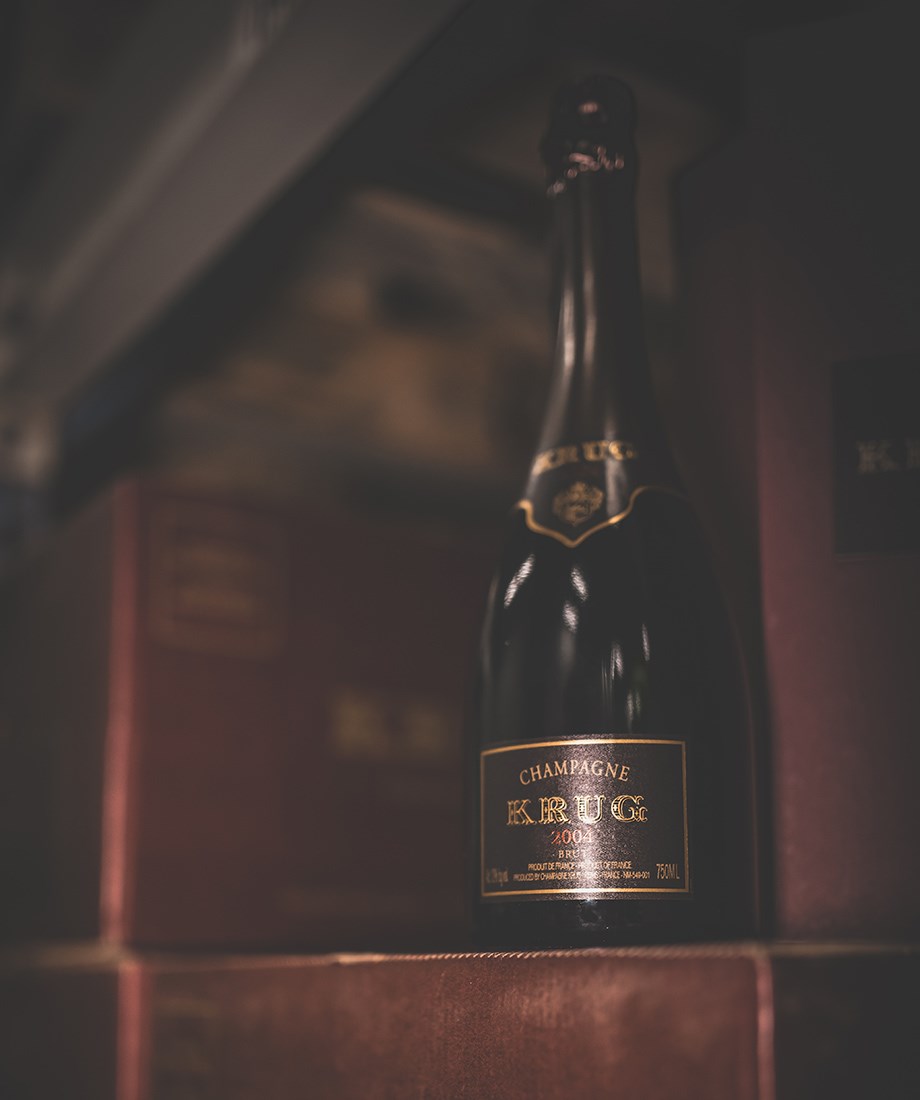Market Analysis - Champagne - 13. May 2021
Good Investment: Champagne Delivers Solid Returns In Uncertain Markets
With up to + 29% in returns in Q1, the Champagne category is booming in a market where great uncertainty otherwise plagues investors
Should You Celebrate With Champagne In A Heated Market?
If you have put an investment focus among the world's best Champagnes, then there is actually quite a good reason to celebrate. 2021 has so far offered upswings in the wine world, where Champagne in particular has excelled - and it is among the great houses and best vintages, where we must find the biggest returns so far.
However, if you are active in the financial markets, or are considering it, you will probably also feel the doubt and uncertainty that many investors are currently suffering from. In fact, the price / earning ratio of the broad US S&P 500 index exceeded 30 mid-April, which is the highest level since the dotcom bubble in the late 1990s. Something that has sent concerns into the markets. Will interest rates rise, and is inflation rising? Is the market overheated, and is the pricing of the stocks that smell a bit of either tech or green transition priced unsustainably high?
The questions are many and Champagne or wine investment alone is hardly the answer to them all. But if you want to secure yourself and your funds, wine is the perfect alternative asset and can help you with diversification, whether you are looking for returns or capital preservation - and Champagne is a category, you should keep an eye on.
The Corks Pop In Champagne
The Champagne category is becoming an increasingly interesting category to be exposed to.
For example, in Q4 2019, the British wine exchange, Liv-ex, reported that Champagne filled as much as 8% of the total traded value. In comparison, the same figure was only 3% in 2014. In the same period, the number of brands (Liv-ex’s LWIN7) in the same period increased by as much as 160%, which testifies that the largest and most popular brands alone cannot match the demand.
2020 was, also according to Liv-ex, Champagne's best year to date, when the Champagne 50 index grew by 8.3%. At the same time, the 2012 Bollinger Grande Anneé was included on Wine Spectator's annual and leading Top 10 list, as only the 3rd Champagne in history. Both the rising prices and this sensational placement on the Wine Spectator give both the impression that Covid-19 and global shutdowns did not destroy either demand or interest as much as one might have feared.
But all indications are that the momentum of the category will continue in 2021, and the possibility that 2021 will be the strongest Champagne year so far exists. The price of Champagne administered by RareWine Invest increased by an average of 4.4% in Q1, where many wines have seen nice double-digit price increases, while many young vintages keep the price fixed while quantities are still available in the market.
The period has been the hardest to 2008 Lenoble Blanc De Blanc Chouilly which has lost approx. 10% of its value (only seven Champagnes have lost value during this period). Best was the 1996 Krug Vintage where the price increased by as much as 29%. 30 Champagnes yielded a return of 10% or more during this period.
 The price of 2009 Selosse increased more than 6 % from 29/1-21 to 30/3-21
The price of 2009 Selosse increased more than 6 % from 29/1-21 to 30/3-21
The Trends
Overall, there is no clear trend in price increases apart from the fact that it is generally great wines, from iconic producers that are really moving. Overall, the prices of the older vintages increase more than they do of the younger vintages. This is a quite predictable development as one of the main drivers of the price development for Champagne is that the large ongoing consumption reduces the available quantities while the Champagne matures and becomes even more attractive to the Champagne lovers.
Krug Shows Dominance
Krug, which can rightly be described as the world's best Champagne producer, has recently shown dominance with their highly coveted "regular" vintage Champagne called Krug Vintage. The price across every Krug Vintage administered by RareWine Invest* has increased by an average of approx. 11% in the last couple of months. The reason for the increased interest may have to be found in the upcoming release of 2008 Krug Vintage, which is one of the last great 2008 Champagnes where we continue waiting in excitement for the release.
* year 1995-2006
 The price of 2004 Krug Vintage increased more than 10% from 30/3-21 to 6/5-21
The price of 2004 Krug Vintage increased more than 10% from 30/3-21 to 6/5-21
The Price Increases Are Driven By Asia's Waking Demand For Consumption
When the prices of wine, and in this case Champagne, rise, it is due to very simple market mechanisms such as supply and demand - and precisely the demand, is what has driven up prices. In Asia in particular, demand has been rising and the trend is driven by consumption, and Asia in particular, including China, Taiwan and Hong Kong, is of particular interest to the Champagne investor. The world's demand for Champagne is increasing, which was reflected, for example, when 2018 was the year when, for the first time in more than 100 years, more Champagne was drunk outside France's borders than inside, according to the Champagne Committee. The UK and the USA are Champagne's two largest export markets, which in 2019 each bought 26.9 million and 25.6 million bottles. In comparison, the East Asian countries here imported approx. 14 million bottles, of which China, Taiwan and Hong Kong only accounted for approx. 4.7 million. In other words, there is an enormous untapped potential in this region, and with the recent increasing demand from precisely these markets, may indicate that interest in Champagne in Asia is rising.
We Recommend: Invest In Champagne
We have a standing recommendation on investing in Champagne - to such an extent that we recommend that as much as 30% of your wine portfolio should consist of the sparkling drops. Champagne has historically seen fine price increases, while the risk has been extremely low, which is why the category is often called the wine world's government bond. But we still believe that Champagne investors still has the best times waiting, and with the recent development in demand from the East, it indicates that this development has already started.
May find your interest: Champagne Investments Are Attractive Like Never Before
At the same time, several respected industry media, including Decanter, have reported that Champagne prices will undeniably rise in the future. The reason for this must be found in the fact that prices directly from the producers have not increased as much as the production costs.
If this is put in relation to a generally increasing demand and a huge Asian market that seems to be starting to get a taste for Champagne, then the future of Champagne as a category looks extremely exciting.
At the same time, Covid-19 must also be expected to reach an end at one point or another, with removal of restrictions and the opening of nightclub and restaurant life as a result - something that will most likely boost demand further and has the potential to provide a strong short-term upside as well.
